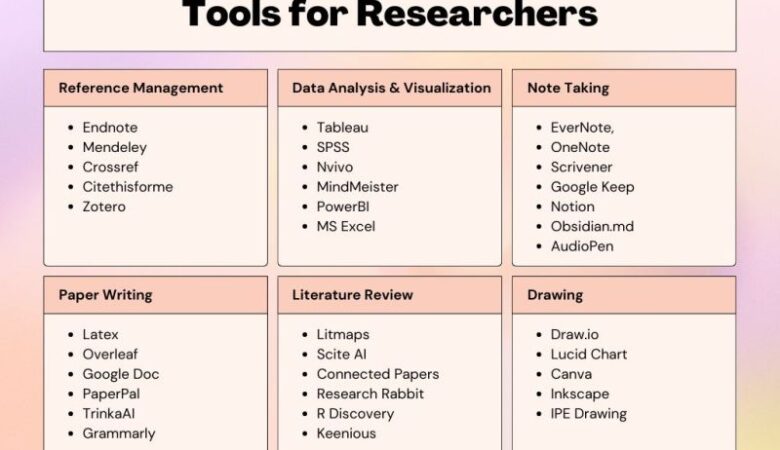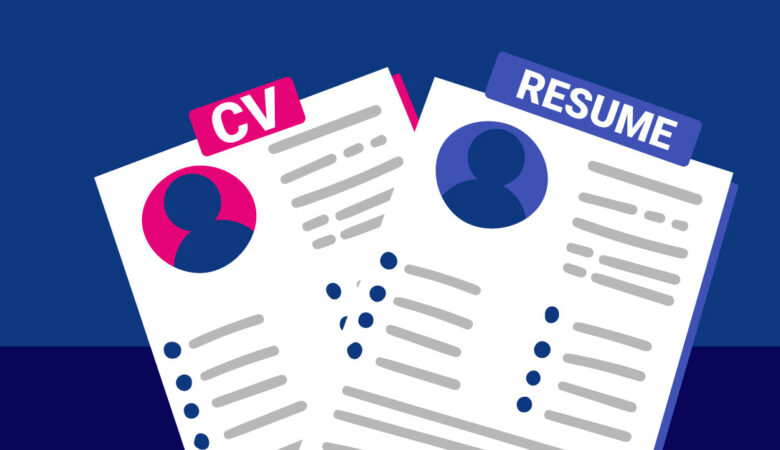Applying to universities—whether for undergraduate, graduate, or professional programs—often requires more than transcripts and test scores. Two of the most critical supporting documents you may be asked to submit are the Statement of Purpose (SOP) and the Scholarship Essay. Although they may seem similar at first glance, each serves a distinct purpose in the university application process and demands its own approach. This comprehensive guide will help you craft each document effectively, boost your chances of admission, and secure financial aid scholarships.
What Is a Statement of Purpose?
A Statement of Purpose is your opportunity to explain who you are, why you’ve chosen a particular field, and how the program aligns with your academic and career goals. Often required for graduate admissions, it provides context that transcripts and test scores alone cannot convey.
Also Known As: Personal Statement (in some regions), Admission Essay
Primary Goal: Showcase fit with the program’s academic culture and research environment
Typical Length: 800–1,200 words
Why It Matters
Demonstrates Motivation: Admissions committees look for genuine passion and a clear vision.
Highlights Fit: You show how your background and interests match the department’s strengths.
Projects Future Impact: Articulate how you plan to contribute to the university and your field.
When and Why You Need an SOP
You’ll be asked to submit a Statement of Purpose whenever you apply to programs that emphasize research, specialized training, or a strong academic fit—most commonly:
- Master’s and PhD programs
- Professional schools (e.g., law, business, public policy)
- Fellowships and research grants
Failing to provide a compelling SOP can result in your application being overlooked, even if your grades and test scores are stellar.
Key Components of an Effective SOP
To craft a standout Statement of Purpose, include these essential sections:
Introduction:
Hook the reader with an anecdote, question, or concise statement of purpose.
Briefly introduce your academic interests.
Academic Background:
Detail relevant coursework, projects, and research experience.
Highlight any publications or presentations.
Professional Experience (if applicable):
Describe internships, jobs, or volunteer roles that shaped your goals.
Quantify achievements when possible (e.g., “Managed a team of five volunteers”).
Why This Program:
Explain what attracts you to this university (faculty, facilities, research centers).
Reference specific professors or labs.
Career Goals:
Outline short- and long-term objectives.
Connect these goals back to your chosen program.
Conclusion:
Summarize your main points.
Reaffirm your enthusiasm and readiness for the program.
What Is a Scholarship Essay?
A Scholarship Essay—sometimes called a Financial Aid Essay—focuses on your need for financial assistance and your merit. Unlike the SOP, which is academic and career-focused, the scholarship essay is personal and persuasive.
- Primary Goal: Convince donors or committees to fund your education
- Tone: Genuine, heartfelt, and reflective of your personal journey
- Typical Length: 500–1,000 words
When and Why You Need a Scholarship Essay
You’ll write a Scholarship Essay when you apply for:
- Merit-based scholarships (awarded for academic, extracurricular, or leadership excellence)
- Need-based financial aid (granted based on economic circumstances)
- External fellowships (government, private foundations)
This essay can determine whether you receive full funding, partial awards, or none at all, so it’s crucial to address both your achievements and financial need convincingly.
Key Components of a Winning Scholarship Essay
Introduction:
Open with a personal story or reflection that sets the tone.
State your main ask: Why you need this scholarship.
Financial Background:
Clearly outline your economic situation (e.g., single-parent household, part-time work).
Provide context without overemphasis.
Academic/Extracurricular Achievements:
Highlight honors, GPA, leadership roles, or community service.
Demonstrate merit and potential.
Impact of the Scholarship:
Explain how funding will enable you to focus on your studies.
Connect this support to your academic and career goals.
Future Contributions:
Describe how you’ll give back to the university community or your field.
Emphasize long-term benefits of your education.
Conclusion:
Express genuine gratitude.
Reiterate your commitment to excellence.
Comparing SOP vs. Scholarship Essay
| Aspect | Statement of Purpose | Scholarship Essay |
|---|---|---|
| Focus | Academic fit & career goals | Financial need & personal merit |
| Tone | Professional, academic | Personal, persuasive |
| Key Content | Research interests, program fit, future impact | Economic background, achievements, scholarship impact |
| Length | 800–1,200 words | 500–1,000 words |
| When to Submit | With application for degree programs | With or after admission for financial aid |
Step-by-Step Writing Process
- Plan Ahead:
- Start at least 4–6 weeks before deadlines.
- Create a timeline for drafts and reviews.
- Research Thoroughly:
- Read program websites, faculty profiles, and scholarship guidelines.
- Note specific values, mission statements, or eligibility criteria.
- Brainstorm:
- List your key experiences, challenges, and achievements.
- Match them to SOP and scholarship prompts.
- Outline:
- Draft a clear structure with headings for each section.
- Ensure logical flow and coherence.
- First Draft:
- Write freely, focusing on content over perfection.
- Keep each section’s purpose in mind.
- Feedback Loop:
- Share drafts with mentors, peers, or writing centers.
- Incorporate constructive criticism.
- Revise & Polish:
- Tighten language, remove clichés, and clarify points.
- Proofread for grammar, style, and word count compliance.
- Final Review:
- Double-check formatting (font, margins) and required documents.
- Submit ahead of the deadline to avoid technical issues.
Common Pitfalls to Avoid
- Generic Language: Tailor each essay to its prompt.
- Clichés: Steer clear of overused phrases like “ever since I was a child.”
- Oversharing: Be honest but maintain professionalism.
- Neglecting Instructions: Adhere strictly to guidelines.
- Poor Proofreading: Typos can undermine your credibility.
Conclusion and Next Steps
Mastering both the Statement of Purpose and the Scholarship Essay is essential for a successful university application and securing financial aid scholarships. By understanding their distinct goals, structuring your content thoughtfully, you’ll stand out to admissions and financial committees alike.
Next Steps:
- Draft your SOP outline today.
- Gather financial documents for your Scholarship Essay.
- Schedule feedback sessions with mentors or writing centers.
Your future starts with the words you write now—make every sentence count!







Leave a Reply